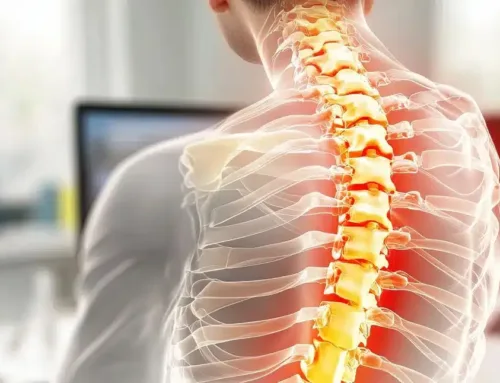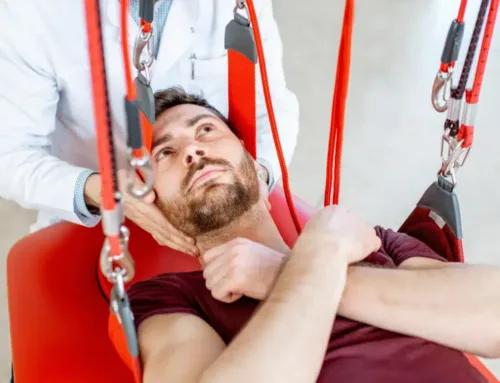Estimates of low back pain prevalence in USA ballet dancers range from 8% to 23%. Lumbar stabilization and extensor muscle training has been shown to act as a hypoalgesic for low back pain. Timing and coordination of multifidi and transverse abdominis muscles are recognized as important factors for spinal stabilization. The purpose of this study was to explore the effects of training methods using home exercises and a dynamic sling system on core strength, disability, and low back pain in pre-professional ballet dancers. Five participants were randomly assigned to start a traditional unsupervised lumbar stabilization home exercise program (HEP) or supervised dynamic sling training to strengthen the core and lower extremities. Measurements were taken at baseline and at weeks 3 and 6 for disability using the Patient Specific Functional Scale (PSFS), pain using the Numerical Pain Rating System (NPRS), core strength and endurance using timed plank, side-plank, and bridge positions, and sciatic nerve irritability using the straight leg raise (SLR). Data were analyzed using descriptive statistics. From initial to final measurements, all participants demonstrated an improvement in strength and SLR range, and those with initial pain and disability reported relief of symptoms. These results suggest that dynamic sling training and a HEP may help to increase strength, decrease pain, and improve function in dancers without aggravating sciatic nerve irritation.





